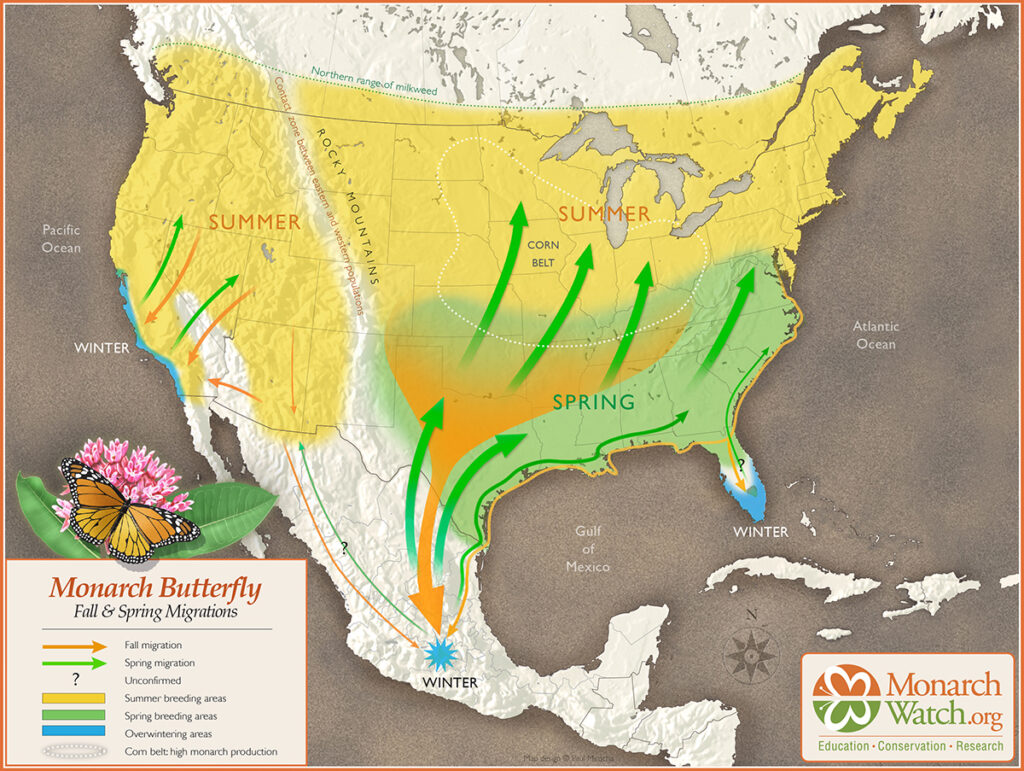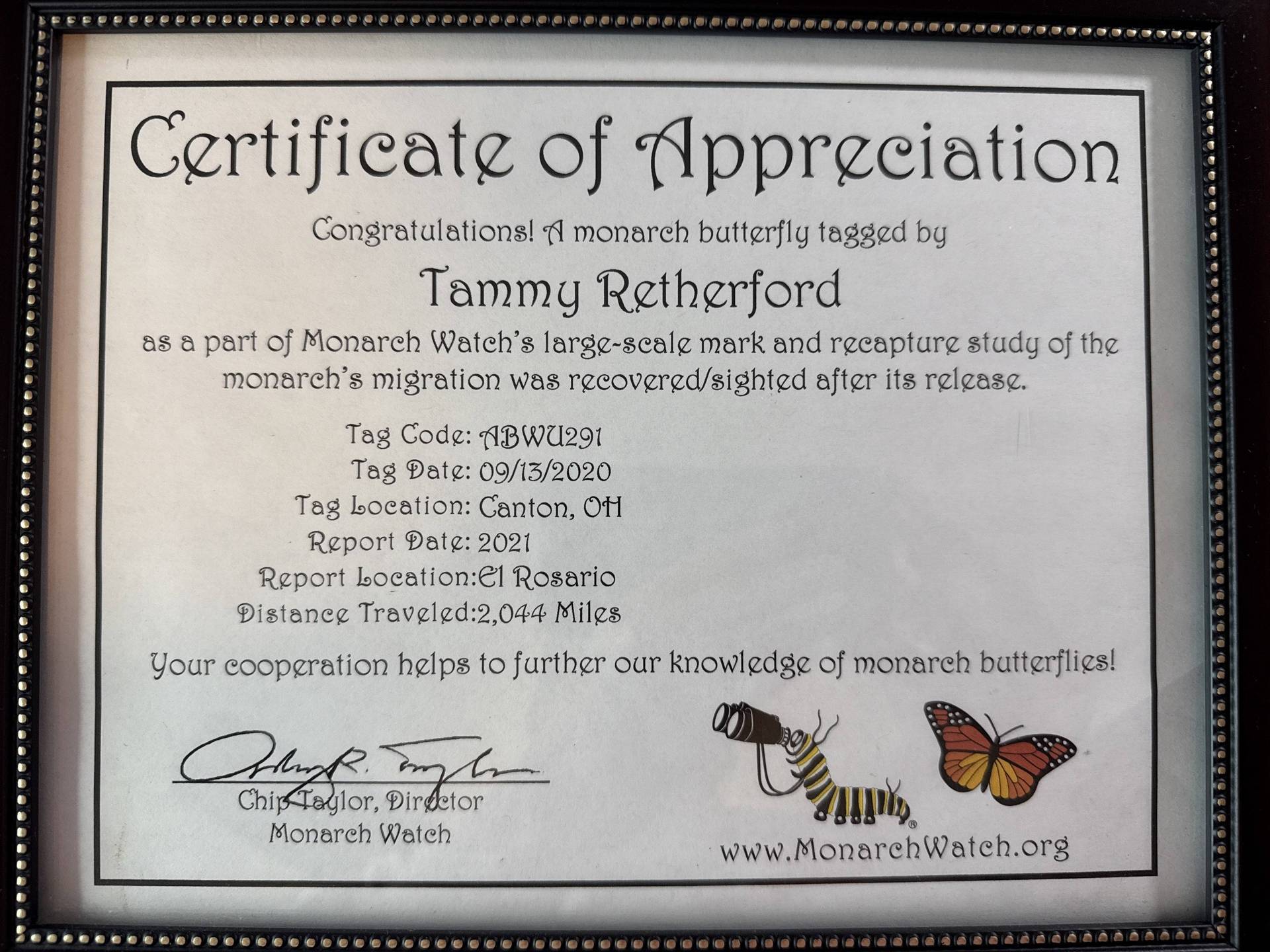
🦋Butterfly Lover 🦋
🌼🐛
Dedicated to
Monarch Conservation
and Education

🦋Butterfly Lover 🦋
🌼🐛
Dedicated to
Monarch Conservation
and Education
The monarch butterfly or simply monarch is a milkweed butterfly in the family Nymphalidae. Other common names, depending on region, include milkweed, common tiger, wanderer, and black-veined brown.
Wikipedia
Scientific name: Danaus plexippus
Class: Insecta
Order: Lepidoptera
Family: Nymphalidae
Kingdom: Animalia
Wingspan: three to four inches nwf.org
Domain: Eukaryota
The monarch butterfly is known for its large size, orange and black wings, and long annual migrations. Here are some key points about monarch butterflies:
Recognizable by their orange wings with black lines and white dots.
Native to North and South America, but have spread to other warm places where milkweed grows.
Unique lifecycle involving dramatic transformations and long-distance migrations.
Brightly colored with two sets of wings spanning three to four inches.
Monarch caterpillars have black, yellow, and white stripes before metamorphosis.
Source: Britannica.com
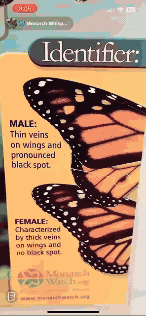
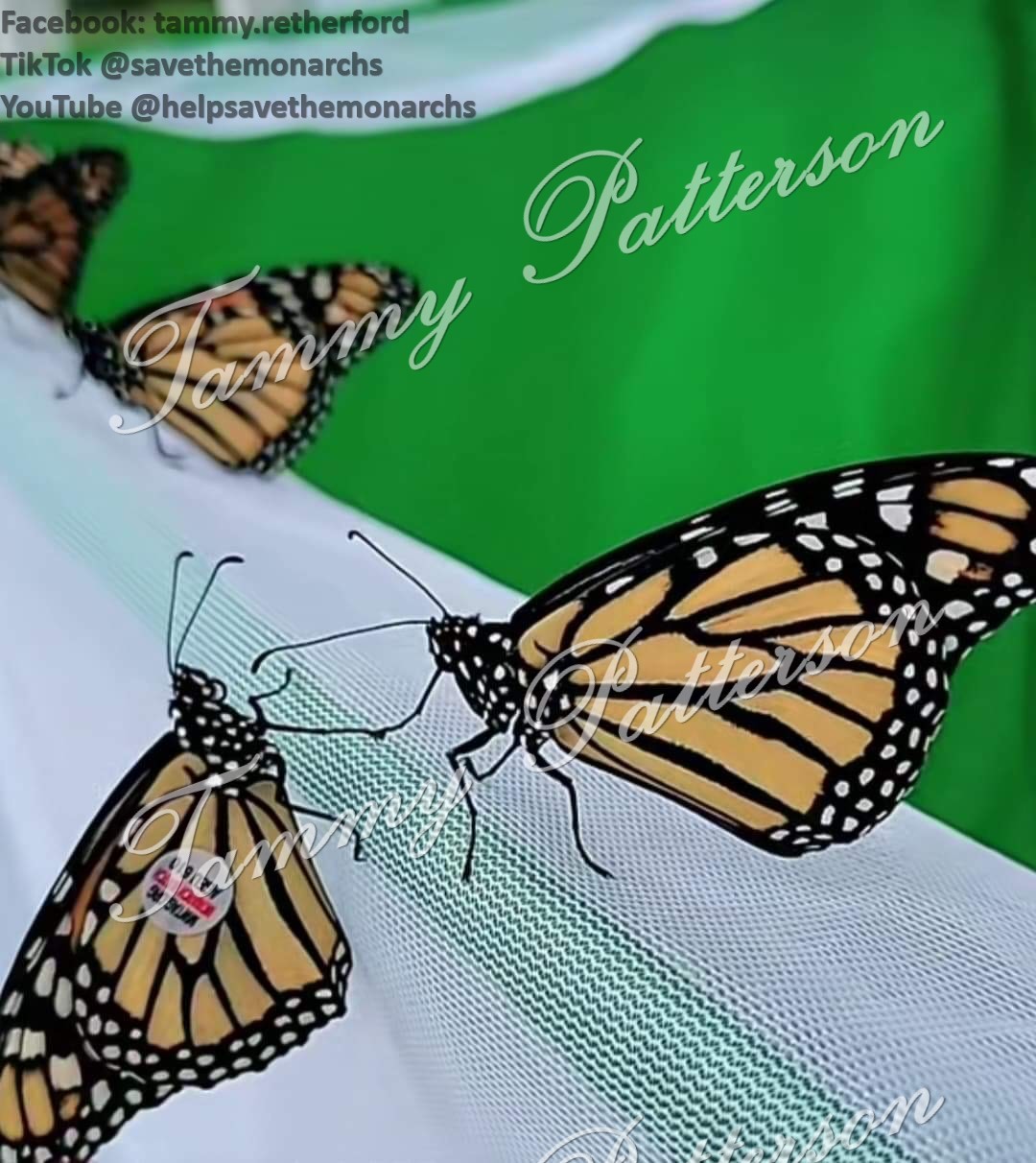

What do Monarchs eat?
Monarchs eat nectar from flowers, and their caterpillars eat milkweed.

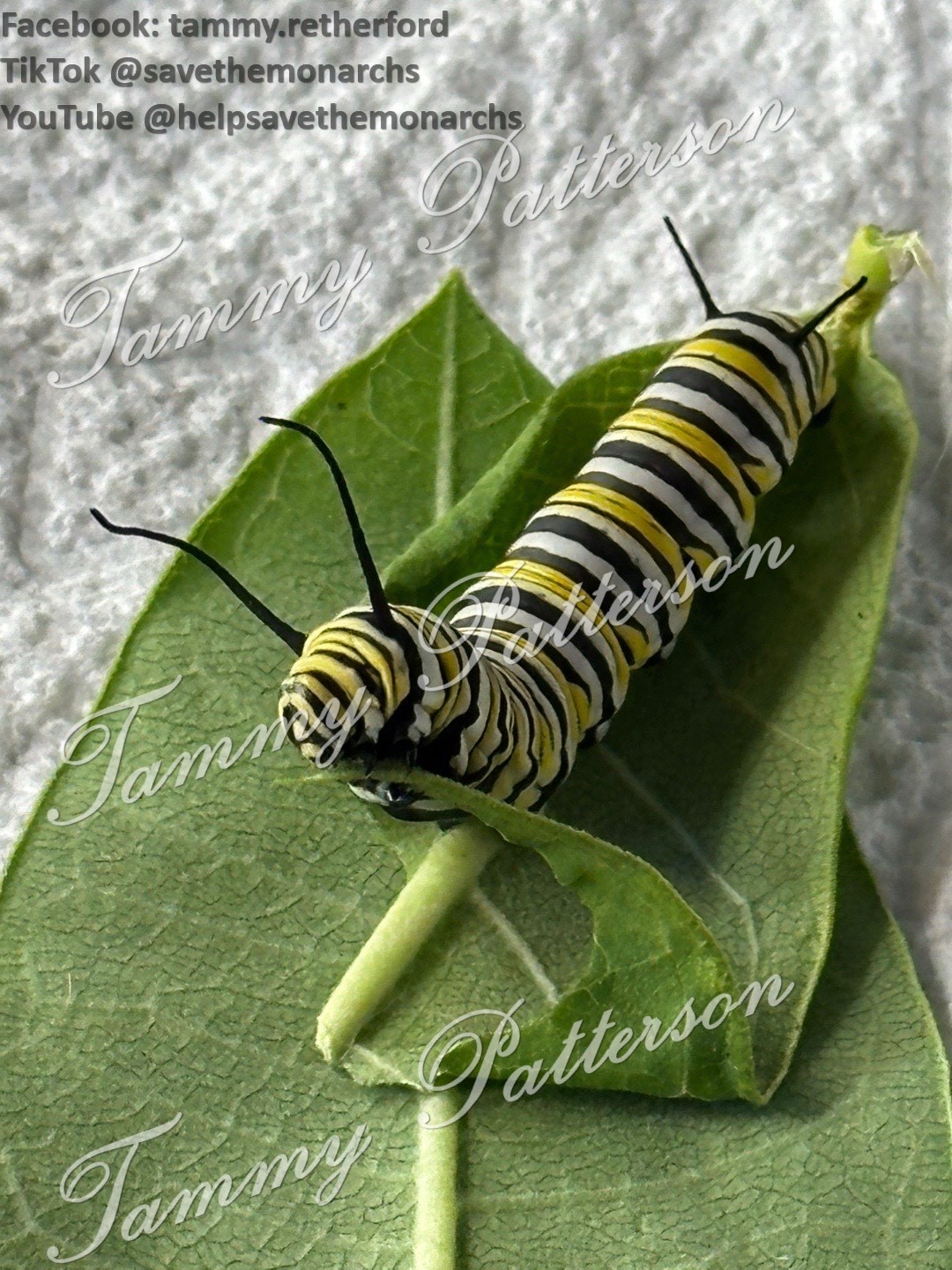
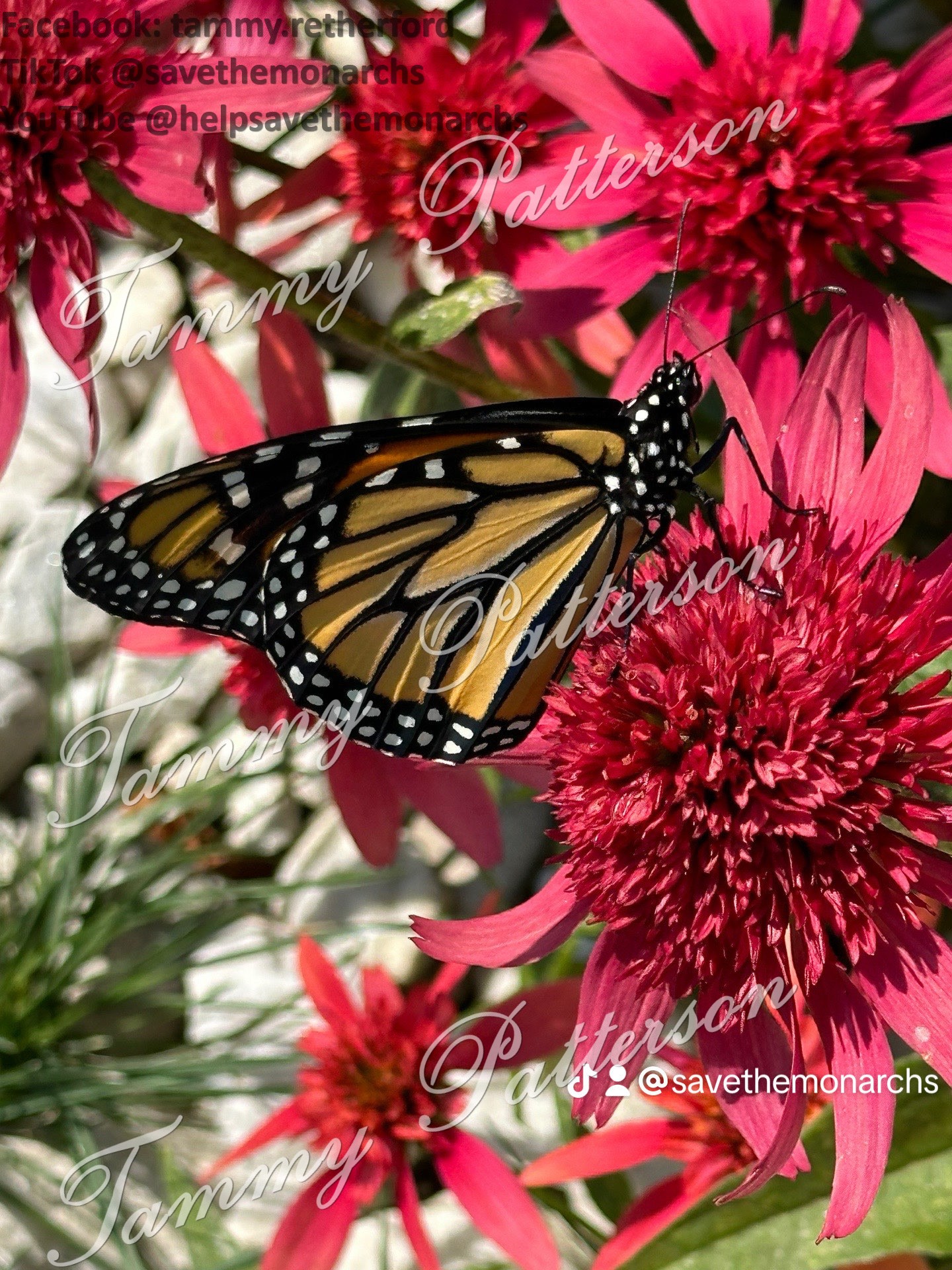
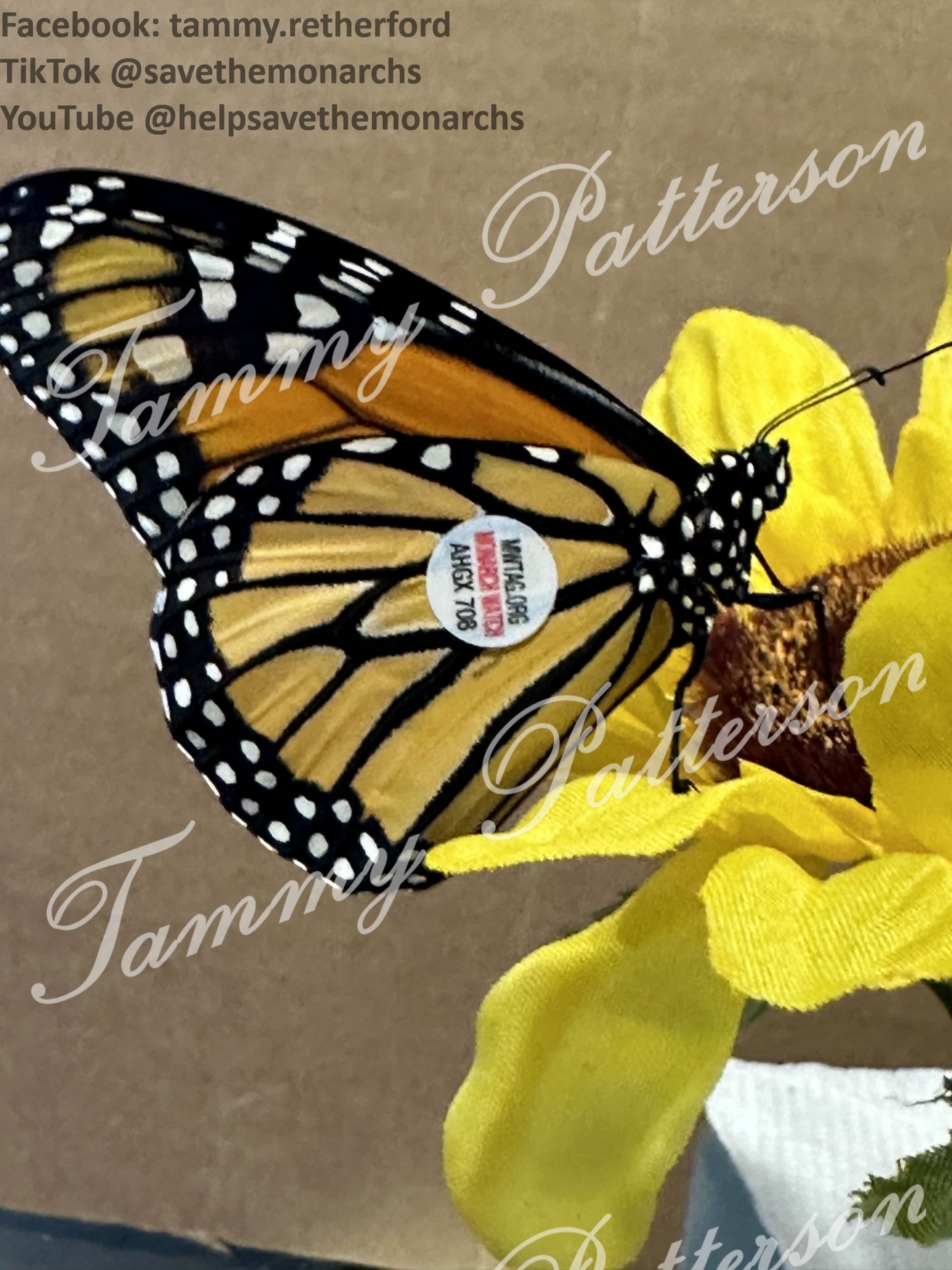
Differences between male / female
Males have a black spot on each hind wing.
Males have smaller wing veins.
Males are brighter than females.
Males are slightly larger than females.
Males have claspers at the tip of the abdomen
How do Monarchs mate?
The male uses his claspers on the end of abdomen to latch on to the female. Once latched, the male transfers sperm to the female that can take up to 16 hours.
Male and females mate with multiple partners.
The last male to mate with a female will be the one who fathers her offspring.
Metamorphosis
The Monarch butterfly undergoes complete metamorphosis, a process involving four distinct stages: egg, larva (caterpillar), pupa (chrysalis), and adult butterfly. The journey begins with the female laying a single egg on a milkweed plant. After about four days, the egg hatches, revealing a tiny caterpillar. The caterpillar grows, molting its skin multiple times, and eventually transforms into a chrysalis. Inside the chrysalis, the pupa undergoes metamorphosis, and eventually, a fully formed butterfly emerges. Monarchs are in a chrysalis for about 8-14 days.

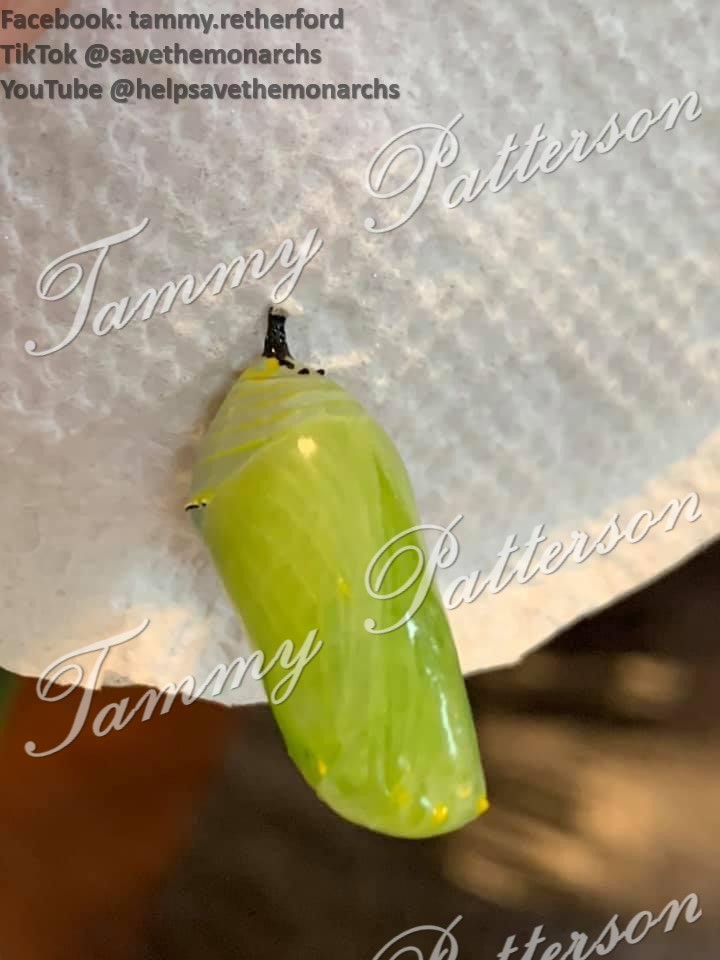

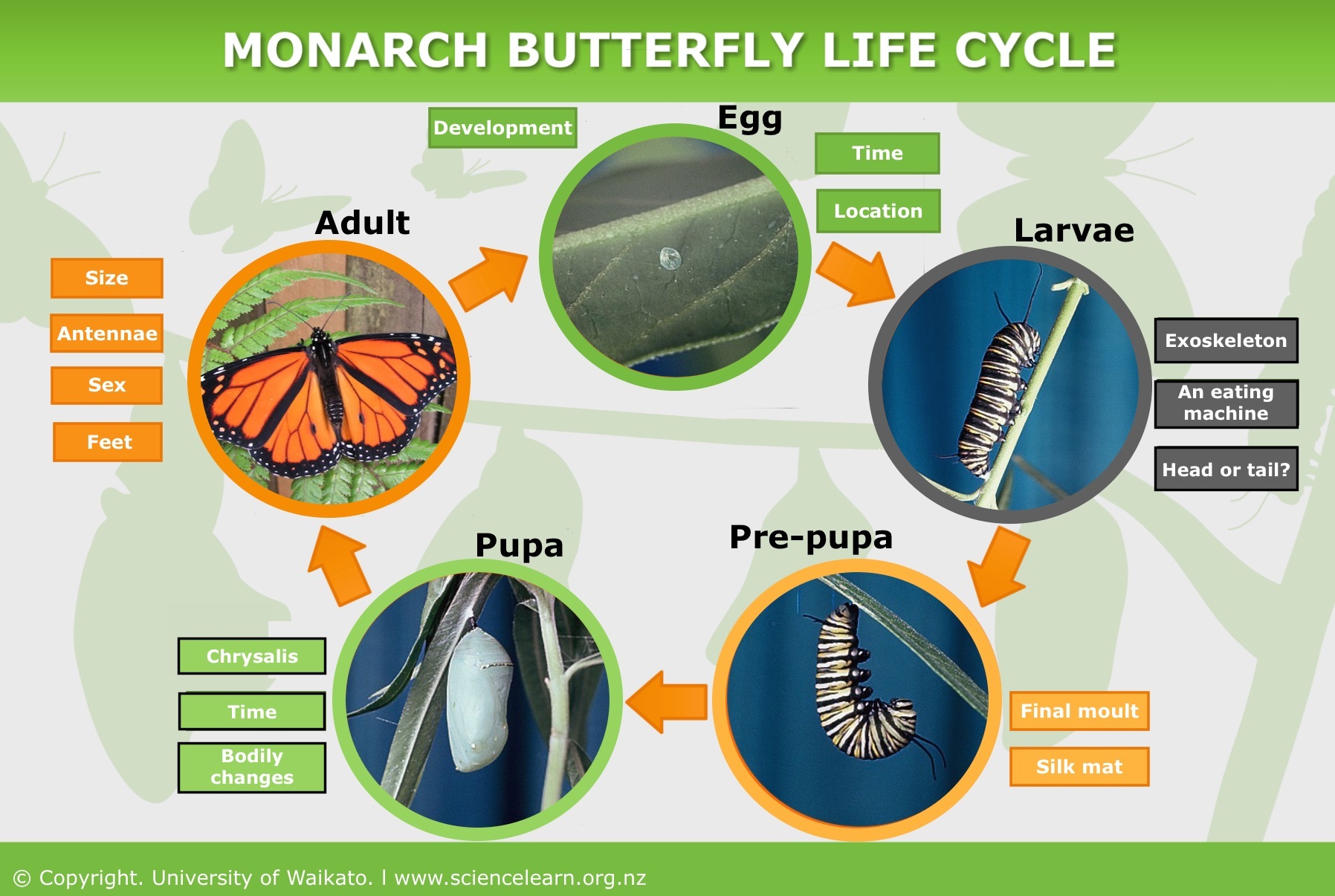
Monarch eggs
Monarch butterfly eggs are tiny, pearl-white eggs. They are laid by female monarchs, mainly on milkweed plants. The eggs change color before hatching in 3-5 days. Females will typically lay between 100 and 300 eggs during her lifetime. Females usually lay between one and two eggs per plant to ensure sufficient food supply.
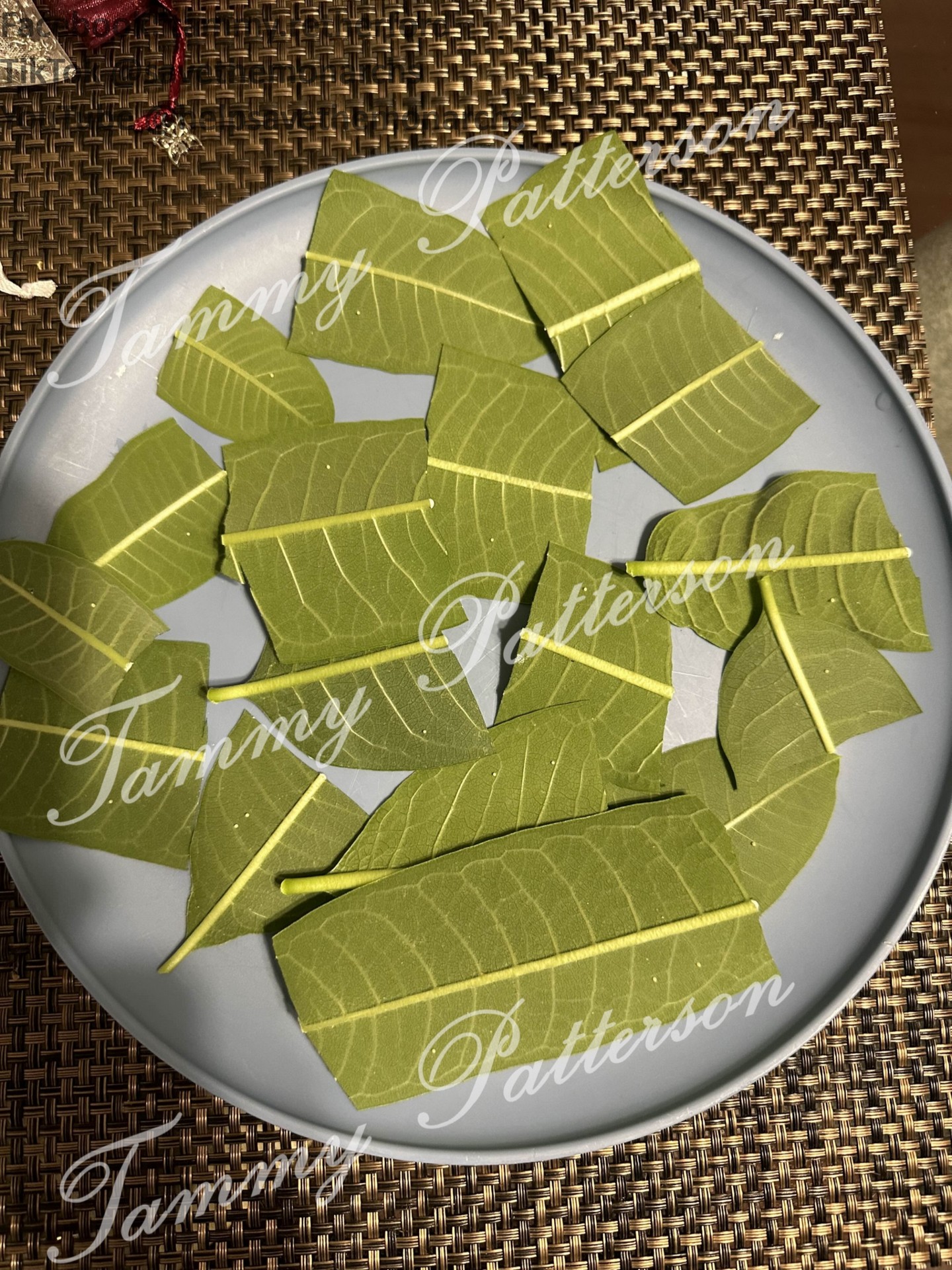

What is OE?
OE or Ophryocystis Elektoscirrha is a parasite that infects the monarch, it is a single cells organism known as a protozoan. An infected Monarch carries thousands or even millions of microscopic spores on the outside of their bodies.
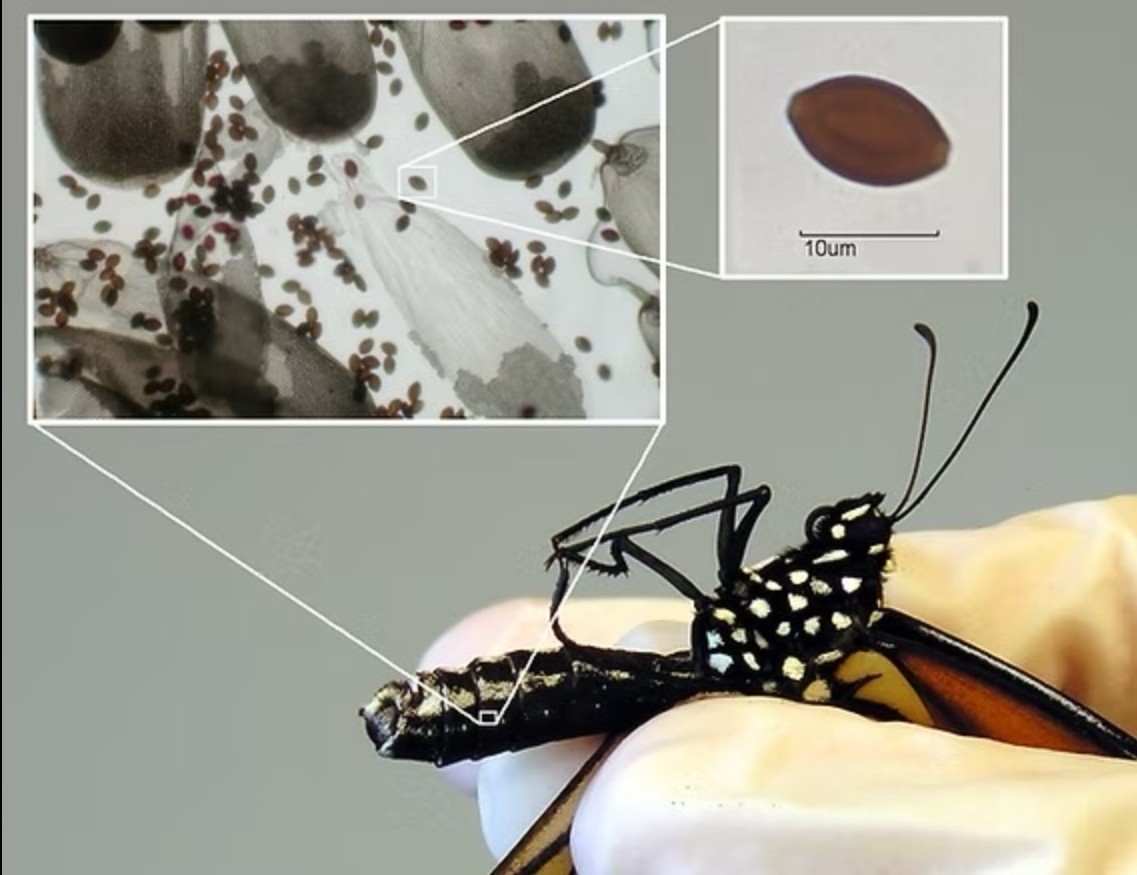
Monarch butterflies undertake a remarkable multi-generational migration, traveling thousands of miles between their breeding grounds in North America and overwintering sites in Mexico and California. This journey is not a simple one-way trip; the same individuals don't make the entire journey, but successive generations continue the migration. Monarchs migrate using environmental cues, they know when it’s time to head south for the winter. Monarchs use a combination of air currents and thermals to travel long distances. Some travel as far as 3,000 miles.
